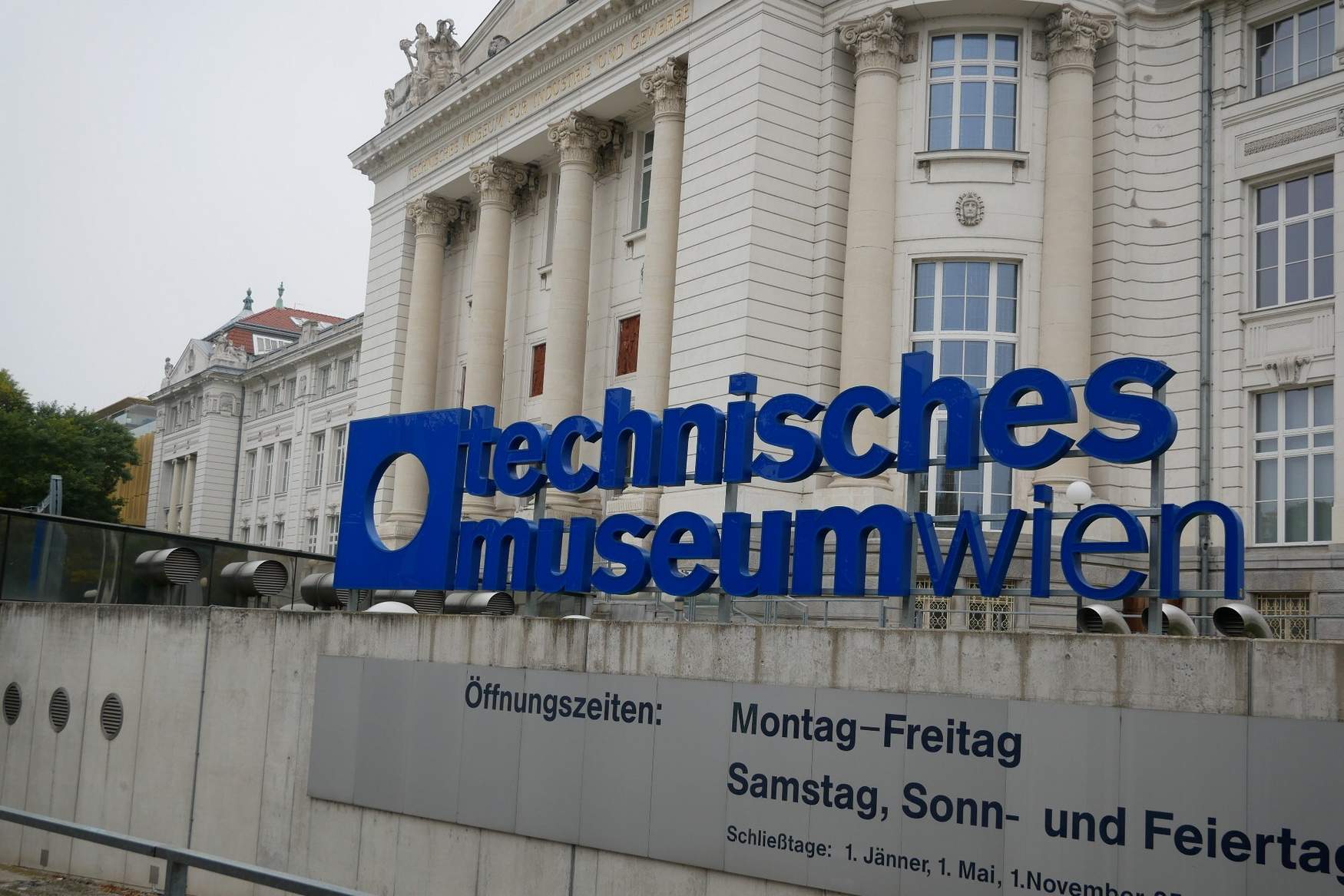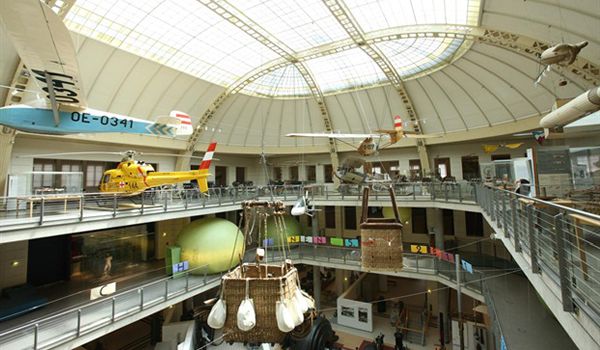One of the most interesting places in the Austrian capital, the Technisches Museum Wien opens its doors to visitors of all ages. The museum's almost century-long history has shown that children and adults alike are interested in topics such as physics, astronomy, iron mining, heavy industry, energy, steel, mass production, luxury goods, musical instruments, communications and media, transport and much more.
If your children are interested in pressing questions such as how people used to travel, how much salt a person eats in a lifetime, how solar panels are charged, why water boils (and of course it does), you can show them these and many other processes visually at the Technisches Museum Wien.
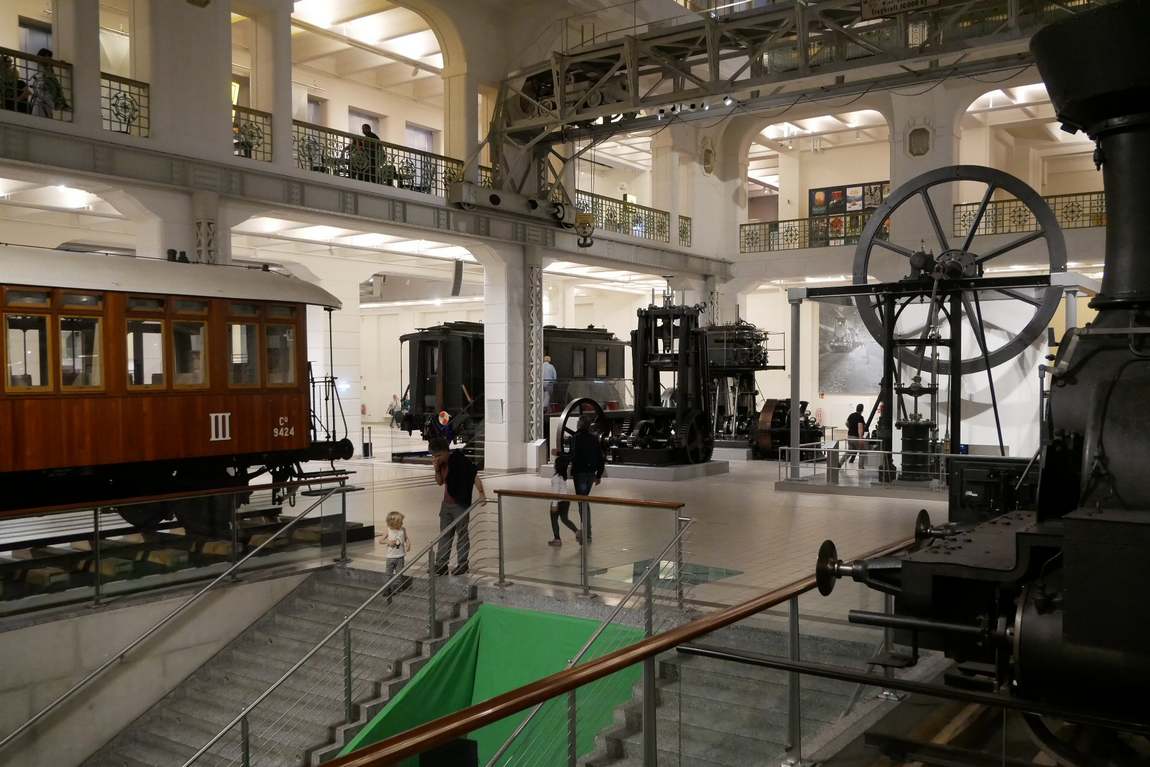
History of the Technical Museum in Vienna
In 1908, on the occasion of the 60th anniversary of the reign of Franz Joseph I, it was decided to build and open a Museum of Technology for Industry and Crafts in Vienna. The initiators of this wonderful idea were Wilhelm Exner, the renowned Austrian technologist who had been particularly impressed by the 1873 World Exhibition, and the Vienna Electrotechnical Association.
The project was enthusiastically supported by the industrialists Arthur Krupp and Johannes Kremenetsky, who raised the funds to build the museum, as well as by the entrepreneur Bernhard Wetzler and the Rothschild family. The Technisches Museum Wien opened its doors to the public in 1918. The National Technical Museum in Prague opened at the same time.
Today it covers 22,000 square metres of exhibition space and is one of the largest thematic museums in Europe, showcasing the technological advances of modern man. Its various halls display unique exhibits ranging from the very first technical inventions to the latest nanotechnological innovations. In this vast world of fascinating technological developments, you can see model aeroplanes, a real steam locomotive, an extensive collection of cars and bicycles, a paraglider, toys from all ages and old musical instruments.
Main exhibitions
The Technical Museum of Vienna has a large number of exhibitions for children. For example, young children can see with their own eyes the very first locomotive that left Vienna railway station with its passengers more than 100 years ago. Children can listen to an interesting story about this event and admire the steam engine, but also examine the insides.
A steam engine in a cross-section illustrates its function: where steam comes from and how it drives a heavy locomotive. Young explorers also have fun going underground in a replica of a real mine, built with meticulous attention to detail. You can learn all about how people work deep beneath the Earth.
And now, let's take a look at the museum's most popular permanent exhibitions and see what they have in store for visitors.
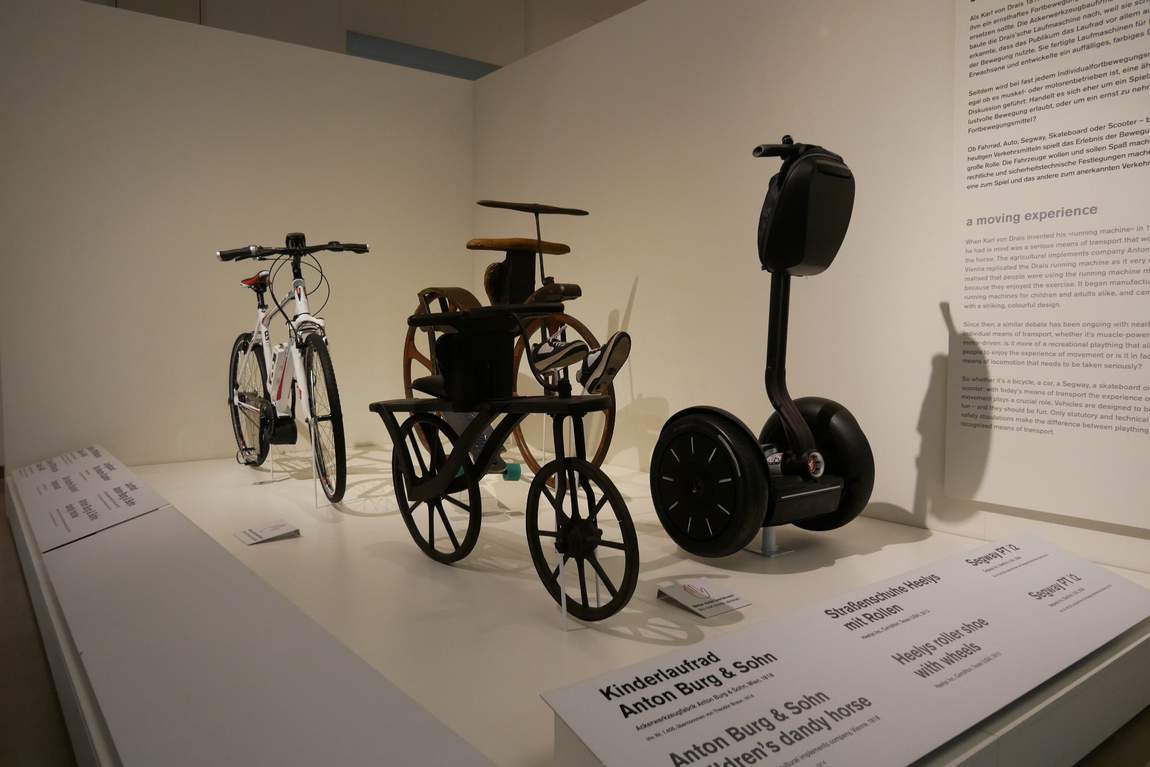
At Work
Two exhibitions with a common theme: our working lives since the start of industrialisation, in the context of technological development, economic fundamentals and social change.
Since the beginning of the industrial revolution, the nature of work has changed radically, becoming more complex and demanding. The first part of the exhibition focuses on specific areas. The technical aspect refers to the use of instruments and machines. The spatial aspect concerns the workshop and the world. The social aspect concerns hierarchies in business and society. Finally, the physical, mental and emotional effort that work requires of us is examined.
The second part of the exhibition focuses on the future, including past utopias about work, production and everyday life as well as contemporary projections. There is also a special focus on sensory technologies and the fundamentals of analogue and digital technology.
Energy
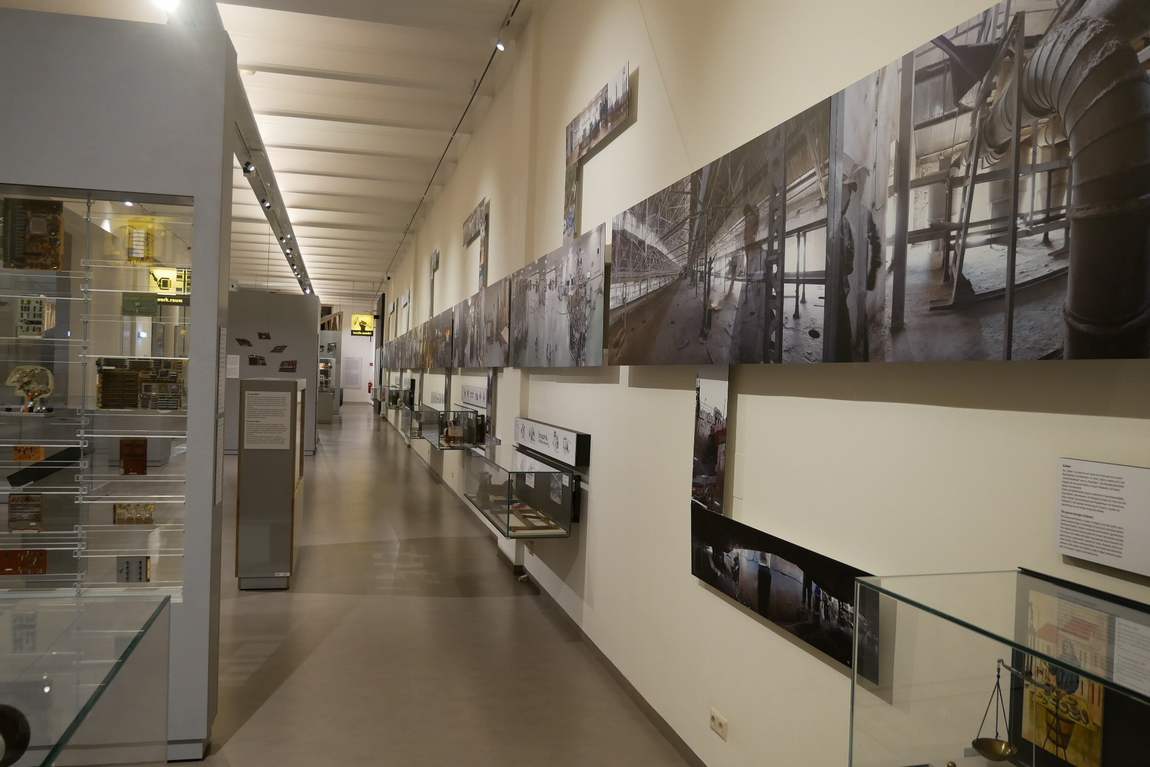
A few thousand years ago, people built huge structures like pyramids. The main source of energy they used was physical strength. Environmentally friendly, but cumbersome.
A lot has changed since then — not only in architecture, but also in the way energy is produced and used. After all, people have always looked for ways to make hard work easier. In the early days, levers and gears were used, as well as draught and pack animals. In the pre-industrial age, energy was generated where it was needed. For example, sunlight and wood fires were sources of light and heat, while water and wind provided kinetic energy.
In the 20th century, energy suppliers and consumers came together in a network. Oil, natural gas and uranium are used alongside traditional energy sources. As a universal form of energy, electricity is becoming increasingly important. Extensive networks, such as an electricity and gas grid or a network of petrol stations, are set up to supply and use energy.
Everyday Life
Spread over 2,300 m2 of exhibition space, this diverse permanent exhibition explores the 'biases' of everyday life, with a particular focus on people in contact with technology.
The relationship between people and technology is a central aspect of the exhibition 'Everyday Life - Directions for Use', with the body, the home, the city and the environment as key elements. The exhibition focuses on the 19th and 20th centuries.
Heavy Industry
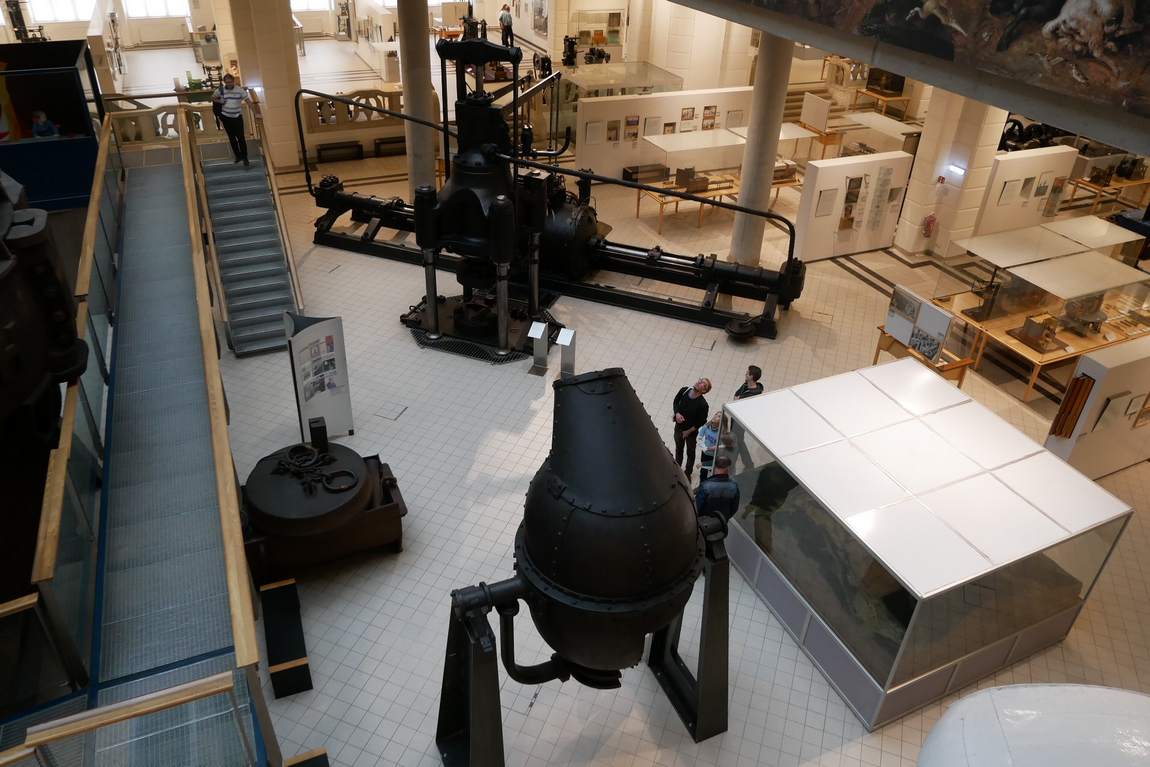
The name of the exhibition itself sounds powerful. And some of the exhibits in the exhibition are impressive in their sheer mass and size.
For thousands of years, people have tried to extract metal from the earth's crust and use it for their own needs. But it was not until the Industrial Revolution that mining and iron and steel production could be carried out on a large scale using efficient technology — and heavy industry was born. It involved industries with very large inputs of capital, labour, land and soil, structures and buildings. It provided the materials for the construction of ships, railways, bridges, skyscrapers and a thriving arms industry.
In Motion
Moving a tonne and a half with muscle power? Staying alert while moving at the speed of sound? And how do animals move? The In Motion exhibition shows how movement works. From when babies first crawl to when they fly around the world, we encounter many different forms of movement. The hands-on exhibition In Motion explores the phenomenon of mobility in a playful way and invites visitors to try things out for themselves.
Locomotive. Adventure
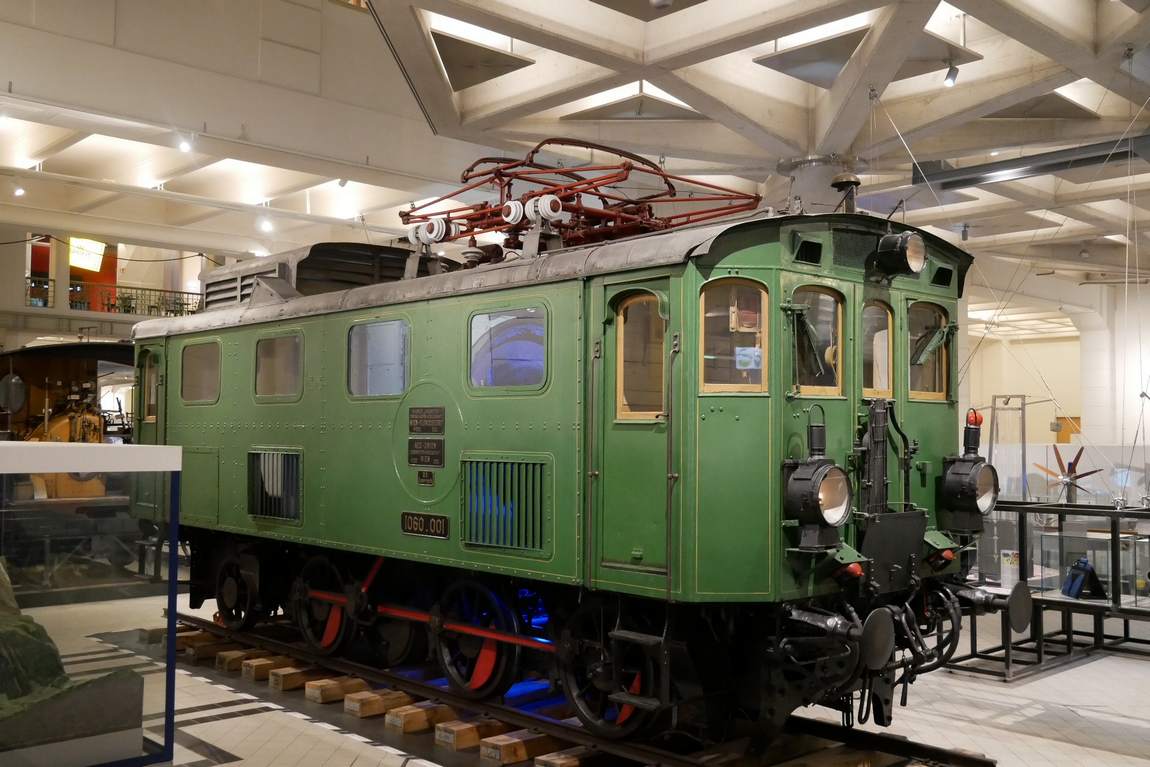
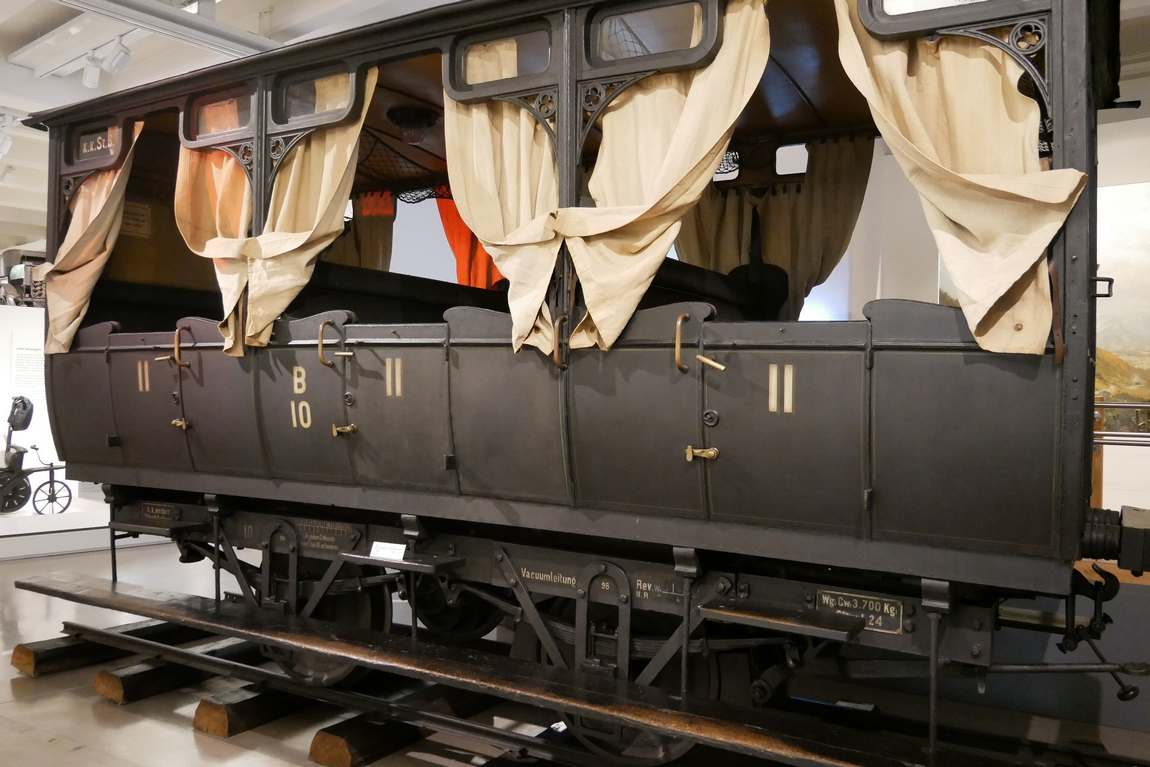
The railway collection of the Technisches Museum Wien contains more than 60 large exhibits. Among the most valuable of these are originals that are over 150 years old, such as Empress Elisabeth's palace carriage.
Of all the exhibits in the collection, railway vehicles are by far the most interesting. Six of the most valuable vehicles are on display in the large central hall of the Technical Museum. They are not only part of the Transport exhibition, but also of the Heavy Industry and Energy exhibitions.
Media.Worlds
The media.worlds exhibition presents the history of the media from the present day. The themes range from post, telegraph, telephone, radio and broadcasting to typography, printing, photography, cinema, phonograph and gramophone, data processing, computers and the Internet.
Musical instruments
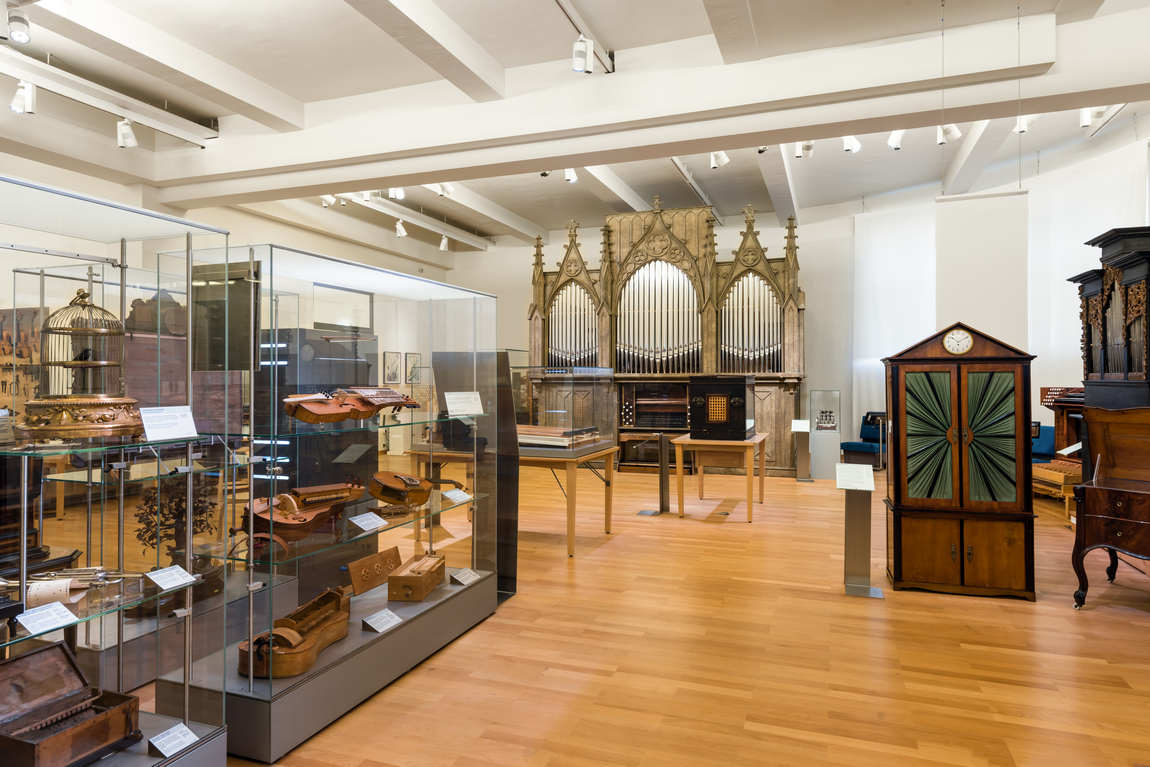
What devices were invented to play music and what were their components? Who controlled these devices? Did they make everyone a musician overnight? The Musical Instruments exhibition tells the story of highly skilled craftsmen, musical instruments and musical machines. And because musical instruments have to sound, many examples are presented in the form of sound and film recordings.
Be sure to visit the Piano Making Workshop with the children, where you can see the parts of a piano and the tools needed to make it. Before the piano in its present form conquered the world, other keyboard instruments such as the clavichord, harpsichord or tangent were played.
The area around the largest instrument in the exhibition, the Buckow organ from the Vienna Hofburgkapelle, is dedicated to organ construction and sound production using pipes.
Nature and knowledge
How do scientists gain knowledge from nature? Who uses it and how? The exhibition gives visitors a partly experimental introduction to the subject, showing basic concepts and their applications.
tasteLAB
The interactive educational area invites you to approach the themes of the exhibition with your taste buds. Eating sustainable, organic and regional food, learning more about the ingredients in processed food, using new cooking techniques and giving up old habits for the sake of the environment and our health are just some of the desires and demands we encounter every day. But what does this mean for the taste of food? And how does it taste to you?
Areas for the youngest visitors
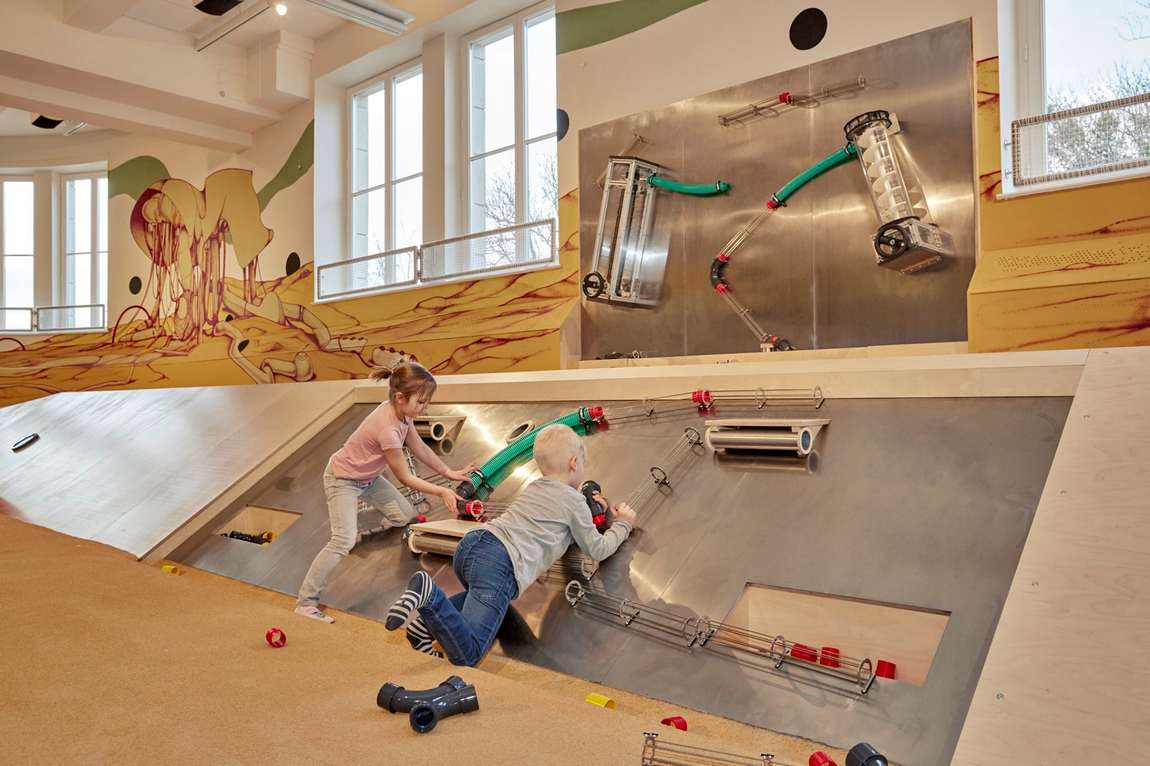
Don't miss another interesting place in the Technisches Museum Wien — the "The Mini" area. All the exhibits here can not only be touched, they must be touched! This is where young explorers between the ages of 2 and 6 get their first introduction to technology.
See, hear, feel, touch — the Mini is an adventure playground for explorers! Want to know what it's like to sit behind the wheel of a fire engine? Can you lift yourself into the air using your own strength? Have you ever tried to make a sound when you jump? Become a policeman and direct traffic in a Mini. And if you're really curious, you can get to the bottom of things in the 'snail nanoshell'.
Rules of the museum
- It is forbidden to touch or step on historical objects.
- Umbrellas, backpacks and bags larger than a handbag must be left in the cloakroom or placed in the cloakroom locker. The Museum is not responsible for valuables left in the cloakroom. Parents of young children under the age of one may bring a bag or rucksack, subject to prior inspection.
- All lost property must be handed in at the Information Desk.
- Smoking is not allowed on the premises. No food or drink is allowed in the exhibition areas.
- Pets are not permitted in the museum. Exception: assistance dogs registered on your disability pass (no more than two dogs per group; no more than three dogs in the museum at any one time).
- Wheelchair users and visitors with prams and/or pushchairs should contact staff before using ramps etc. in the central hall area and E1.
- Filming and photography without flash and/or tripod is permitted for private use only. All other filming and photography is subject to prior permission and should be notified prior to visiting the museum.
- Teachers, administrators and guardians are responsible for children and/or students in their care.
- Children under the age of 8 must be accompanied by an adult when visiting the museum. Children under 12 must be accompanied by an adult when using the lift.
- Bicycles, scooters and similar vehicles are not permitted in the Museum. Balloons filled with helium or balloon gas and gas cylinders are also not allowed in the museum.
- Admission is non-refundable once you have entered the Museum. There is no refund for late arrivals.
- Admission tickets (except annual tickets) are valid for one day only and must be retained until the end of your visit. You may interrupt your visit to the Museum on the same day, provided you inform the Information Desk or Ticket Control staff before leaving the Museum.


